Vino Enthusiast
Wine Education & Tasting Events
At what temperature do I serve wine?
Nothing makes more difference to enjoying wine than its temperature. It’s possible to both flatter and deceive the taste of a wine by manipulating its serving temperature, and all too easy to make a fine wine taste coarse by getting it wrong. In general most restaurants serve their white wines too cold and their red wines too warm.
The temperature in a common refrigerator is 35-40 °F which is a little too cold for serving a white wine straight out of the refrigerator. When wines are served too cold the innate flavors and aromas are significantly suppressed. So if you’re chilling your wine in a refrigerator let it warm up for about 10-15 minutes before serving it.
Red wines are a little trickier. Most people have heard that red wine should be served at room temperature but room temperature in a French dining room in the 1800s was unlikely to have been above 60°F (15 or 16°C) so most dining rooms today are too warm for serving wine at room temperature. In very general terms, red wines are served best at cooler than room temperature. When wines are served too warm they tend to taste unbalanced with an alcohol edge. If you don’t have a wine cellar or a wine cooler, keep your red wines in the coolest part of your house for a few hours before serving… definitely not in the kitchen!!
So, to serve your wines just right, take a look at the Wine Serving Temperature guidelines below.
General Optimal Wine Serving Temperatures:
Refrigerator Temperature: 35-40°F or 2-5 C°
White Wines: 45-50 °F or 7-10 °C
Red Wines: 50-65 °F or 10-18 °C
Rosé Wines: 45-55 °F or 7-13 °C
Sparkling Wines: 42-52 °F or 6-11 °C
Fortified Wines: 55-68 °F or 13-20 °C
How do you store left-over wine?
Heat and air are the biggest enemies of wine, as they cause wine to begin to oxidize and within a day start to taste acidic. Keeping wine in the refrigerator after opening will slow the oxidation process; this applies to both white and red.
Option 1
Re-corking the wine is not sufficient to keep the air out. I recommend you purchase a wine stopper and pump. You can find this invaluable contraption at any serious wine store or kitchen supply store. See photo to the right.
Insert the stopper on the open bottle of wine and pump the air out using the supplied pump. The stopper forms an airtight seal to keep air out indefinitely. Usually white wine will stay fresh for about 7 days, while reds will stay fresh 4-5 days depending on the style of red wine. With red wines, once you pull them out of the fridge let them warm up for about 20-30 minutes before drinking.
Option 2
Use an Argon based wine preserver like Vineyard Fresh. This is a more expensive option but it will keep the wine fresh for at least 2 weeks. You can find more details at the following link: https://www.vineyardfresh.com/pages/how-vineyard-fresh-protects-your-wine
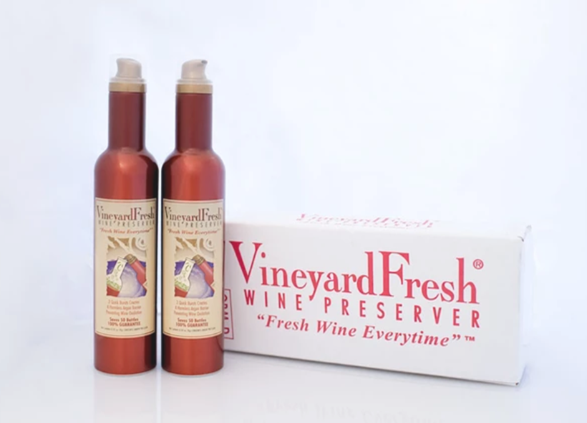
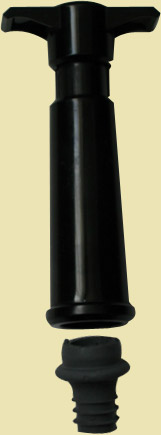
What type of bottle opener should I purchase?
There are hundreds of different types of bottle openers available on the market today, but in my opinion one stands head and shoulders above the rest.
The screw-pull pocket model I’ve found to be the best and most versatile bottle opener. It can get out even the most stubborn corks, including synthetic corks and corks from older bottles. It’s both compact and inexpensive (less than $20.00). See photos:
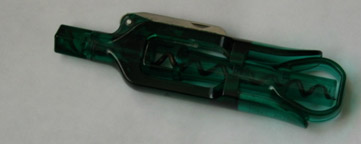
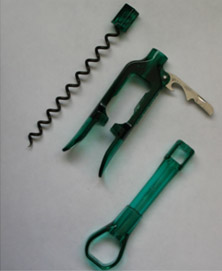
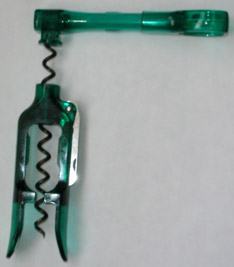
However, if you want an inexpensive bottle opener for less than $10.00, then I recommend the classic waiter’s wine opener. A good waiter's wine opener is an indispensable tool for sommeliers and other wine professionals. However, it does not work as well on synthetic corks, and I definitely don't trust it with older bottles of wine which have corks that may be fragile. See photo:
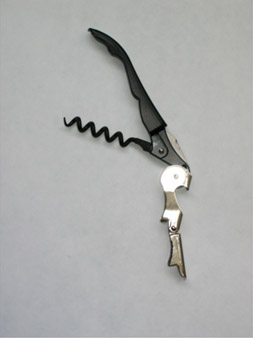
If you purchase a waiter's wine opener be sure it comes with the hinged 2-step system. This will make life a lot easier when pulling out longer corks.
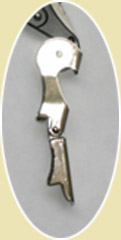
Do I need to purchase a foil cutter?
I would say yes, since they're pretty inexpensive. You can purchase a decent foil cutter for about $5.00. See photo below:
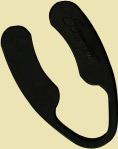
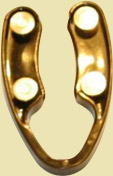
I especially recommend a foil cutter for those of you who (like me) save the empty bottles of some of your favorite wines. If you like to display an empty bottle, you should have a nice even foil cut on the neck of the bottle, and that’s where the foil cutter comes in handy.
What about wine glasses?
There are hundreds of wine glasses available on the market. Although wine glasses do make a difference, I would rather invest my money in actual wine or wine storage than in fancy and expensive wine glasses.
I recommend you only invest in one good set of wine glasses. The classic red Bordeaux wine glass is the best multi-purpose glass and can be used both for red as well as white wines. This glass has a large glass bowl that is tapered at the top to trap the complex character of the wine aromas. See photo below.

Do I need a wine cellar?
In general 95% of wines do not improve with age; for most consumers a wine cellar is not necessary as long as you drink your few bottles of wine within a year or so. I suggest you store them in the coolest part of your home–preferably a place that’s dark–with a constant temperature, and vibration free. The kitchen is the worst area to store wine unless you have a wine cellar/refrigerator.
If you are going to purchase some good ageable wines, then I definitely recommend you invest in a wine cellar. After all if you purchase some nice wines in the $40-100 range, don’t you want to properly store them and drink them in their best possible condition? The ideal temperature to store wines is between 55ºF and 58ºF (13ºC–15ºC). However, any temperature between 40º–65ºF (5º–18ºC) will suffice as long as it remains constant.
If you own a house, the least expensive option is to build a small closet in your basement away from your furnace, and purchase some inexpensive wine racks. I also recommend you purchase a thermometer to monitor the cellar temperature in the dead of winter and at the peak of summer. Be sure the temperature doesn’t go below 40°F (5°C) or above 65°F (18°C). If it does, make sure it’s only for a few days.
If you live in an apartment or condo, I recommend you purchase a portable wine cellar. These are basically fancy temperature-controlled refrigerators. There are expensive units that cost thousands of dollars, but you can find good units in the $250-300 dollar range that can hold 20-30 bottles. Do some research online and shop around for the best deal locally. I don’t recommend you actually purchase a wine cellar online unless the manufacturer can service it locally.

Impress your friends with these 10 wine facts
- You can make white wine out of red grapes but not vice-versa.
- Thomas Jefferson was an avid wine lover and noted gourmet.
- When Vesuvius buried Pompeii in 79AD it also buried more than 200 wine bars.
- Each of the 50 states has a winery.
- The grapes we eat are from the Vitis Lambrusca species while the grapes we use to make wine are from the Vitis Vinifera species.
- 1 grape cluster = approximately 1 glass of wine.
- In King Tut’s Egypt (around 1300 BC), the commoners drank beer and the upper class drank wine.
- Dom Perignon was a Benedictine Abbey and he was blind.
- The Greeks used to add spices, honey, drinking water and sometimes even sea water to their wine.
- The US imports more wine from Italy than from any other country.